Why selling a mansion isn't easy
 Andrea Neri
Andrea NeriSelling a home is often difficult – but that's especially true when it's a sprawling, 19th-Century family mansion in south-east France.
 Andrea Neri
Andrea Neri“It is not really a castle, you know!” says Roland Thenot, the 84-year-old owner of Montclavel.
But the 19th-Century home, located in the French volcanic region of Auvergne, very much resembles a castle. Thenot concedes this is true of the 700-sq-m manor on a seven-acre park. “Well, there are two towers, four buildings and a big garden, so I guess it does look like a castle from the architecture point of view!”
Unlike aristocratic castles in the region, however, he says that Montclavel “has a soul”.
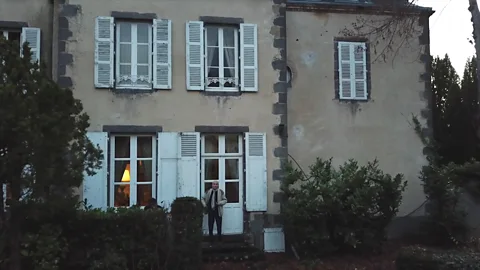 Andrea Neri
Andrea NeriMontclavel’s name comes from the Spanish ‘clavel’, the word for the carnation flower.
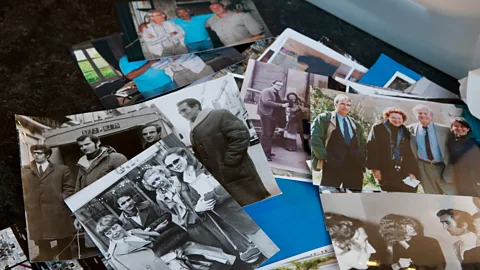 Andrea Neri
Andrea NeriThenot’s Montclavel has what he calls “commoners’ origins”.
“My parents worked as scrap merchants and owned a factory in Clermont-Ferrand,” says Thenot. After WWII, during the rapid economic growth of the French Trente Glorieuses, his father bought Montclavel as a secondary house to gather his family.
The castle has been in the family for nearly 60 years.
It has developed a rich history – la vie de château –including playing a role in the French cinema ‘New Wave’ movement in the late 60s, when famous French film director François Truffaut chose Montclavel to be the setting of The Wild Boy. (Thenot was working then as an assistant on Truffaut’s film shoots.) In the 70s, Thenot transformed Montclavel’s basement into a profitable disco, and with his sister turned the old stables into a small, “avant-garde” restaurant that attracted his Parisian friends to have dinner in one of the horseboxes.
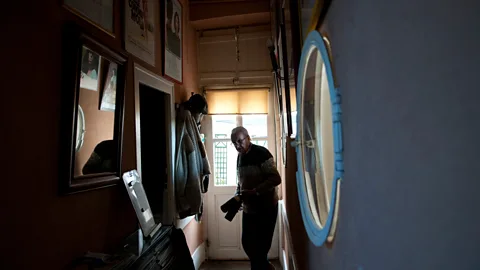 Andrea Neri
Andrea NeriSince his sister’s death a few years ago, Thenot lives by himself at Monclavel. He is in good health; he is retired and he has the financial means to take care of the castle.
Every day, he lights a fire in the fireplace, goes to see and feed his rooster Sarkozy as well as his chickens. He mows the lawn, cuts trees and trims the hedges.
Still, Thenot wants to sell Montclavel for one reason: he refuses the idea that the family castle could fall into ruins after he dies. “We worked very hard on this castle and, to me, it would be a total failure to think that Montclavel could be left and found in the same bad state at it was when my parents bought it,” he says.
With no children of his own, and no family interested in taking over the castle, Thenot says he now must give up the fight for Montclavel “for lack of fighters”.
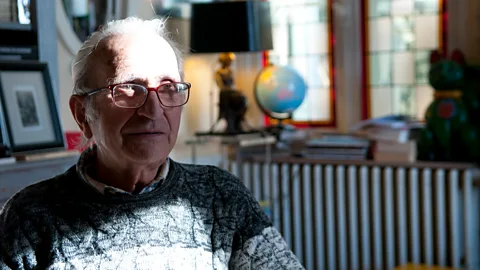 Andrea Neri
Andrea NeriMontclavel is the child I never had and I want to make sure I find the good family to take care of it.
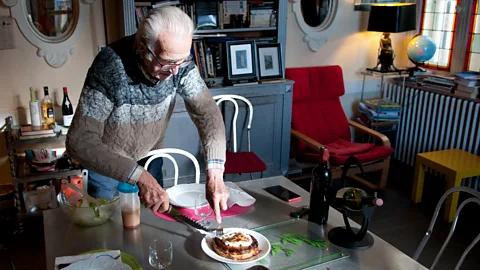 Andrea Neri
Andrea NeriSelling a family property can indeed be a very emotional decision, says Scott Huettel, professor and chair of the department of psychology and neuroscience at Duke University. "Our memories are often tied to physical locations, and those locations serve to bundle together our memories and experiences in a way that makes them easier to retrieve later."
His strong attachment to the property is why Thenot has “procrastinated and postponed the decision” to sell Montclavel for many years. The 84-year-old fully expects the transition to be “brutal”, so his ideal scenario would be to sell Montclavel but remain in the outbuilding. That way, he can spend a few more peaceful years in the family property until he is not physically and mentally autonomous – a strategy that Huettel says could theoretically ease Thenot’s transition.
"One of the most challenging features of changing homes later in life is that it disrupts many of the cues that older adults use to get through their daily lives," he says. "Without those cues, it can be harder not only to deal with practical day-to-day challenges but even to bring to mind past experiences."
 Andrea Neri
Andrea NeriThenot can name every single tree he and his father planted over the years: Lebanon cedars, oaks, Douglas firs, gingko biloba and spruces. The estate also features a 400-sq-m vegetable garden to take care of.
And it is up for sale online at 850,000 euros ($964,000), all in. “I know it costs more,” the owner says. “Two years ago it was estimated at 1.1m ($1.25m) euros but I am not selling it for money.”
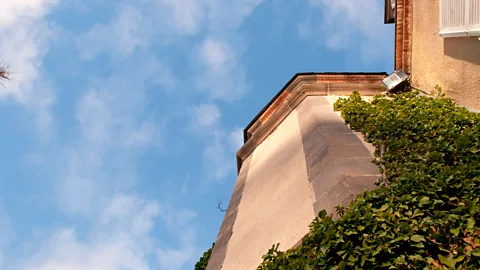 Andrea Neri
Andrea NeriGonzague Le Nail owns a real estate agency in Paris that specialises in selling castles and manors throughout France. He sold approximately 50 castles this year. (Thenot’s own agent, Pierre Changarnier, sold 12 of these properties in 2018.)
Le Nail says sellers like Thenot don’t represent today’s average castle owner. "A castle does not stay in the family for more than 15 years," he says. "People don't have the same conception of feeling rooted anymore. My clients buy and sell a castle just like they want to do something crazy and experience something new."
He adds that castles are not a profitable investment and that some people underestimate the work and the cost of that kind of property. "I do not think you can turn a castle into a profitable holiday cottage: at best, you will just cover your expenses," he says.
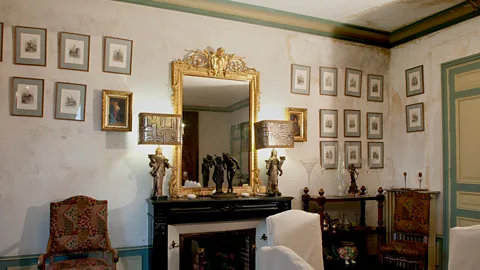 Andrea Neri
Andrea NeriAccording to Thenot, the chateau's annual fees are about 12,000 euros ($13,660) including roughly 4,000 litres of heating oil to heat up the 22 habited rooms. The estimated cost of restoration work is 400,000 euros (in addition to the listing price).
It is a massive undertaking – one that Thenot says makes his sale more difficult, since young generations have a different conception of family life and of real estate investment. “They want to keep their independence. They rather prefer going to ski with their families rather than investing their money in property,” he says.
The longer he waits, however, the more challenging he thinks it will be to find a buyer.
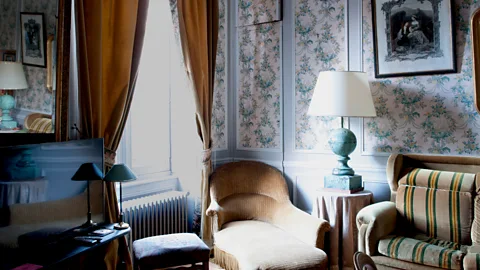 Andrea Neri
Andrea NeriThenot has had some disappointing experiences trying to sell the property.
One day, a couple scheduled a visit to see the property pretending they were looking for a place for some relatives based in Canada. Thenot soon realised they were merely nosy people who wanted to visit old castles in their free time. He calls them “real-estate tourists”.
“They were just looking around, staring at the paintings on the walls… And, of course, they never made any offer!”
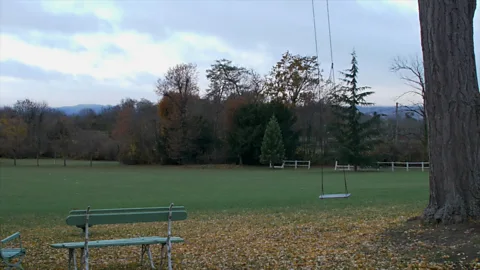 Andrea Neri
Andrea NeriThenot recently received a promising potential offer. The young couple, both doctors, already live in the Auvergne-Rhône-Alpes region.
“I dream of children playing around. A living house is not a clean and tidy house!” he says. “I want to see kids by the chimney with muddy boots.”
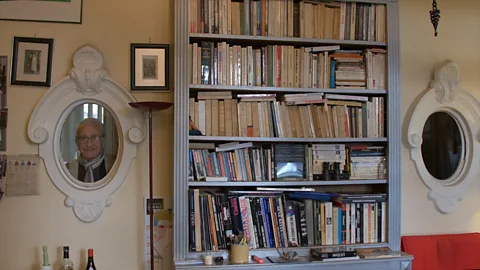 Andrea Neri
Andrea NeriThe future buyer must love the castle as much as I love it.
